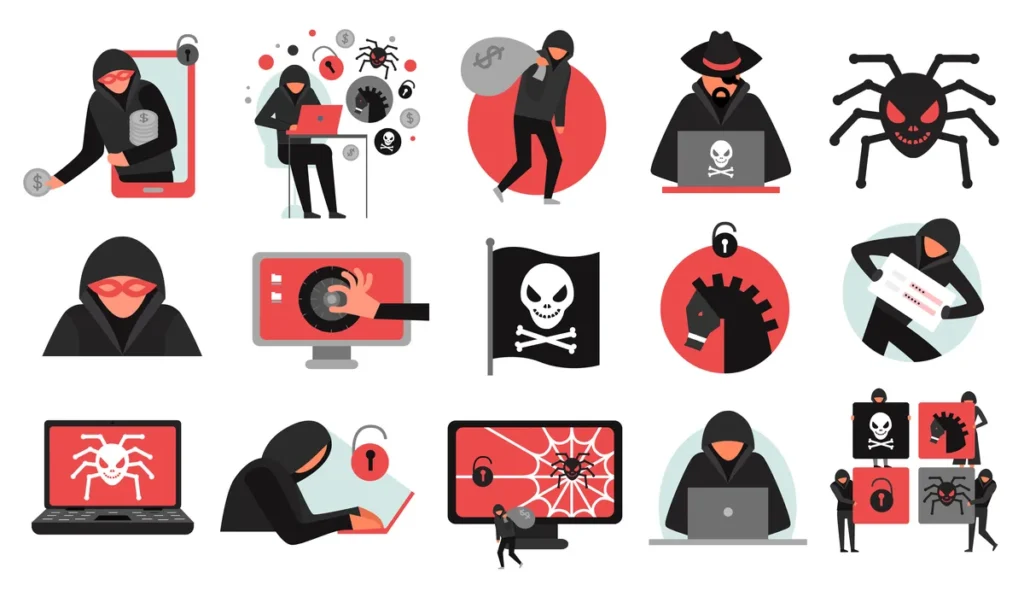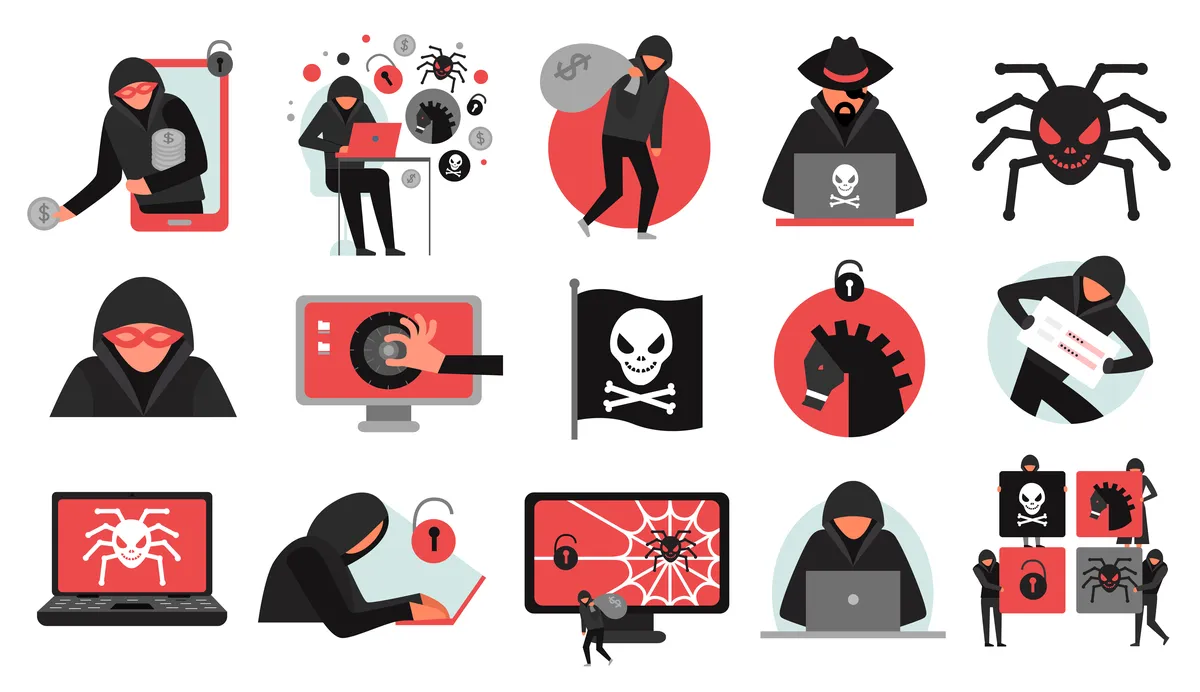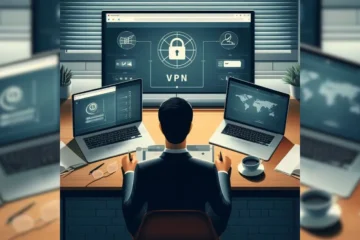Table of Contents
Cyber Threats Unveiled: Understanding the Dark Side of the Internet

The internet has altered how we live, work, and communicate with one another. However, it also has a dark side that poses significant risks to individuals, businesses, and even governments. Cyber threats lurk in the shadows of the internet, waiting to exploit vulnerabilities and wreak havoc. In this blog post, we will delve into the world of cyber threats, shedding light on their nature, motivations, and impact. By understanding the dark side of the internet, we can better protect ourselves and navigate the digital landscape.
Types of Cyber Threats
Malware: Malicious software, such as viruses, worms, trojans, and ransomware, is designed to disrupt or gain unauthorized access to computer systems, steal data, or extort victims.
Phishing and Social Engineering: Cybercriminals use deceptive tactics, such as fraudulent emails, fake websites, or phone calls, to trick individuals into revealing sensitive information or performing malicious actions.
DDoS Attacks: Distributed Denial of Service (DDoS) attacks flood target systems or networks with a massive volume of traffic, overwhelming their capacity and causing service disruptions.
Insider Threats: Malicious actions or data breaches perpetrated by individuals with authorized access to systems or sensitive information, such as employees or contractors.
Advanced Persistent Threats (APTs): Sophisticated and stealthy attacks that target specific entities, typically carried out by well-funded and skilled threat actors. APTs involve persistent, long-term campaigns aimed at stealing sensitive data or gaining control over systems.
Motivations Behind Cyber Threats
Financial Gain: Many cybercriminals seek monetary benefits through activities such as identity theft, credit card fraud, ransomware attacks, or selling stolen data on the dark web.
Espionage and Nation-State Attacks: State-sponsored cyberattacks aim to gain unauthorized access to sensitive information, disrupt critical infrastructure, or conduct intelligence operations.
Hacktivism: Activists or ideological groups use cyber attacks to promote their causes, deface websites, or disrupt services to raise awareness or protest against specific issues.
Cyber Warfare: Cyber threats can be used as weapons in geopolitical conflicts, targeting government agencies, critical infrastructure, or military systems to gain a strategic advantage.
Impact of Cyber Threats
Financial Losses: Cyber attacks can result in substantial financial losses for individuals and organizations. This includes direct financial theft, costs associated with recovery, remediation, legal actions, and damage to reputation.
Data Breaches and Privacy Violations: Cyber threats compromise sensitive personal and corporate data, leading to identity theft, unauthorized access, blackmail, or exposure of confidential information.
Disruption of Services: DDoS attacks or ransomware incidents can disrupt essential services, causing inconvenience for users, financial losses for businesses, and potential risks to public safety.
Damage to Reputation: A successful cyber attack can tarnish an individual’s or organization’s reputation, eroding trust among customers, clients, and partners.
Protecting Against Cyber Threats
Education and Awareness: Stay informed about the latest cyber threats, trends, and best practices. Educate yourself and your organization on cybersecurity hygiene, such as strong passwords, safe browsing habits, and email security.
Security Measures: Implement robust security measures, including firewalls, antivirus software, intrusion detection systems, and regular software updates to mitigate the risk of cyber attacks.
Data Encryption: Protect sensitive data by encrypting it at rest and in transit. Encryption adds an extra layer of security, making it challenging for attackers to access or use stolen information.
Incident Response and Recovery Planning: Develop an incident response plan to detect, contain, and respond to cyber threats effectively. Regularly back up critical data and test the recovery process to ensure business continuity in the event of an attack.
Collaboration and Information Sharing: Engage in collaborative efforts with industry peers, government agencies, and cybersecurity organizations to share threat intelligence, best practices, and mitigation strategies.
Conclusion
The dark side of the internet poses significant threats to individuals, businesses, and society as a whole. By understanding the nature of cyber threats, their motivations, and the potential impact they can have, we can take proactive steps to protect ourselves and mitigate the risks. Implementing robust security measures, staying informed about the latest threats, and fostering a culture of cybersecurity awareness can help us navigate the digital landscape safely and combat the ever-evolving cyber threats.



